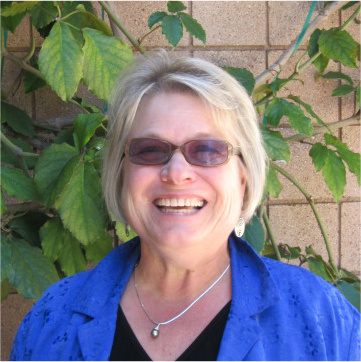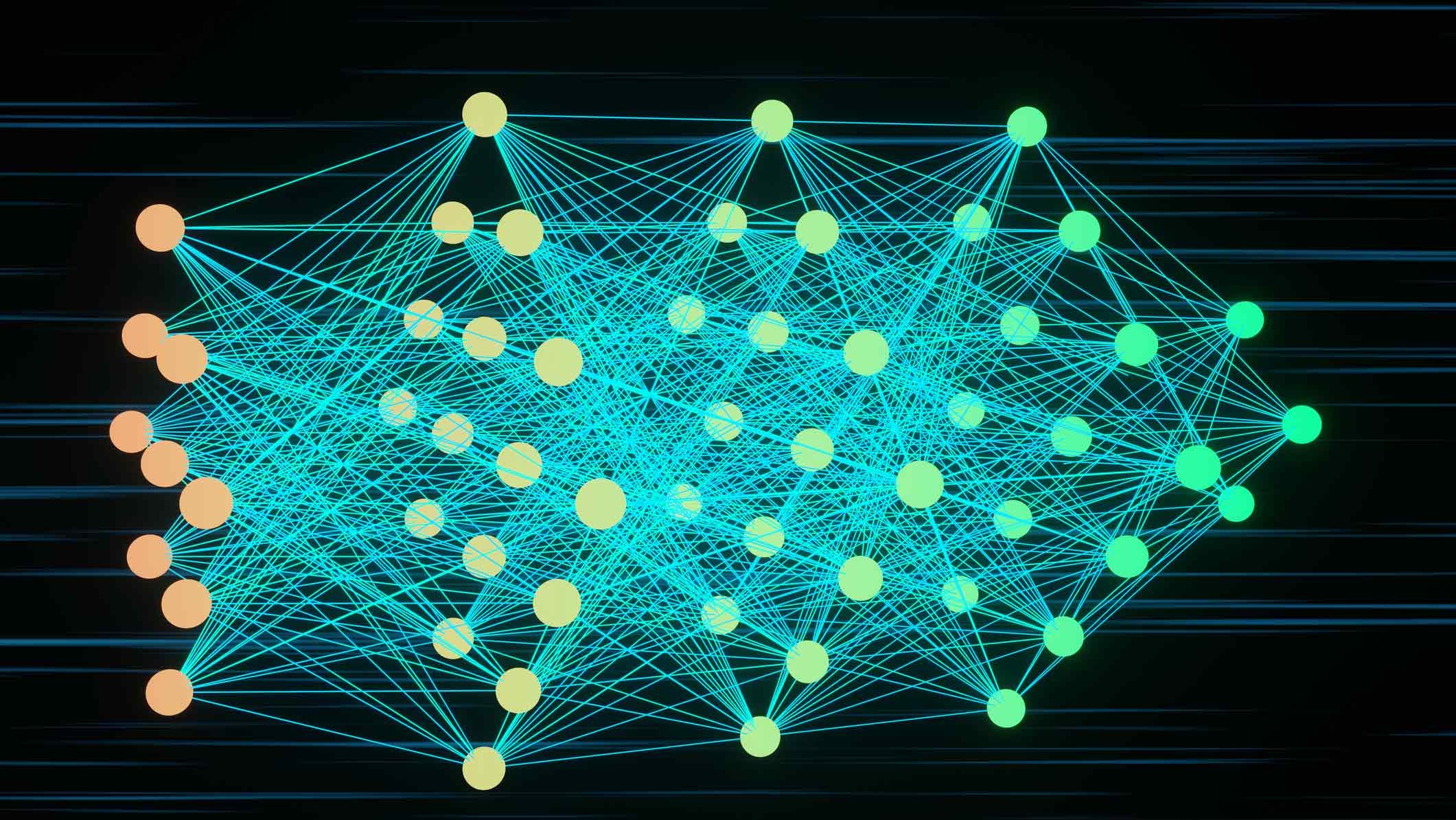
Lessons in Self-Worth
For decades, common wisdom in psychology held that people who are stigmatized in some way — whether due to physical or learning disabilities, mental illness, racial differences or something else entirely — experience low self-esteem.
Theory after theory offered some variation of the idea that how we perceive ourselves is determined by how others see us, or how we feel we measure up in comparison to them. Then, in 1989, UC Santa Barbara psychology professor Brenda Major decided to examine the data used to support those predictions about self-esteem and stigma. What she found turned existing notions on their heads and altered the trajectory of studies in her area of social psychology.
Major conducted her research with Jennifer Crocker, a colleague at Ohio State University, and they co-authored a paper that appeared in the journal Psychological Review.
Two and a half decades later, that paper, “Social stigma and self-esteem: The self-protective properties of stigma,” has earned Major and Crocker the Scientific Impact Award from the Society for Experimental Social Psychology. The award honors the authors of a specific article or chapter offering a theoretical, empirical and/or methodological contribution that has proved highly influential over the past 25 years.
According to Google Scholar, the paper by Major and Crocker has been cited more than 3,500 times.
“When we started looking at the data, very seldom did we find the differences the theories predicted,” said Major. “In fact, members of stigmatized groups often have self-esteem as high as or even higher than those in advantaged groups.”
According to Major, the paper had a huge impact for two reasons. First, it challenged prevailing wisdom. Second, it put the focus on victims of stigmatization rather than on the perpetrators. “Psychology has long been interested in issues of prejudice — why people are prejudiced, what individuals or groups of individuals are the objects of prejudice, how prejudice is manifested, how stereotyping develops,” she explained. “But not much attention had been paid to understanding the psychological impact of prejudice on those who are its targets.
“The prevailing assumption was that people are passive recipients of prejudice — I look down on you so you look down on yourself,” said Major. “We were more interested in resilience and how people challenge and resist the effects of prejudice. How do people push back? It was a very different perspective from what people were taking. And it really changed the field.”
Stigma has become a huge topic in social psychology since the 1989 article, she noted, and thousands of papers have emerged based on her and Crocker’s work.
In addition to reviewing the data on stigma and self-esteem, Major and Crocker’s paper also proposed three strategies people employ to maintain their sense of self-worth in the presence of stigma. One strategy involves social comparison processes, in which an individual compares himself or herself to people who are similar and avoids comparing with people who are better off. “If you compare with others who are in the same boat, you’re not making those unfavorable comparisons that the theories suggest,” Major said. “In fact, you’re making comparisons with others like yourself. Data show, for example, that working women typically compare their wages to that of other women, not men. Thus, even though women are typically paid less than men, they often report being just as satisfied with their wages.”
The second strategy involves selectively valuing domains in which one’s group does well, and selectively devaluing domains in which one’s group doesn’t. For example, people who are physically disabled might emphasize the importance of intellectual ability over physical prowess. “It’s the idea that you can maintain a sense of self-worth by being strategic about what you care about and what’s important and what matters to you,” Major said. “With people who have stigmas, it is, in a sense, a realignment of priorities.”
The third — and most controversial — strategy people use to maintain self-esteem is to blame negative outcomes on discrimination, and not on themselves. “Someone might feel better about himself or herself by saying, ‘I wasn’t offered the job not because I interviewed poorly but because they’re discriminating against me,” said Major. “Our hypothesis that blaming discrimination could be protective of self-esteem turned out to be the most controversial of all of the strategies we proposed. That’s because we know that, in general, being a victim of discrimination is associated with poor health and other negative outcomes.
“Nonetheless,” she added, “we have found that when people face rejection or get negative feedback it can help them maintain self-worth to see it as due to discrimination rather than as their own fault. And, of course, when you are stigmatized, that is often the correct attribution.”
Major’s recent work focuses on weight stigma, examining the effects of the rising stigmatization of overweight and obese people in the United States. “Americans are becoming obsessed with obesity and the ‘obesity epidemic.’ I am interested in the impact of this stigmatization on people who are overweight,” she said. “Does stigmatizing weight make people lose weight? In fact, our data shows it has the reverse effect; stigma actually backfires. We found that overweight women who read a news article stigmatizing overweight people actually ate more, not less, compared to those who read a normal article.”
That particular research, supported by a grant from the National Institutes of Health, was published earlier this year in an online edition of the Journal of Experimental Social Psychology.
Currently, Major also has a grant from the National Science Foundation to study the effects of diversity initiatives within companies and how the presence of such initiatives affect the likelihood that discrimination occurring within those companies will be detected. “Ironically, we found that the presence of diversity initiatives actually decreases the likelihood that discrimination against minorities will be detected,” she said. “People tend to assume that a company won’t discriminate against minorities or women because it has a diversity initiative.
“We also have new data showing, however, that when white college men apply to a company that describes itself as having a culture that fosters diversity versus one that fosters uniqueness, they become physiologically threatened. Their arteries constrict. To white males, ‘diversity’ reads like ‘not me’ and they feel very excluded on a gut level.”
Major is currently looking at how ethnic minorities respond to the same situation. For minorities, she expects that an organization that fosters diversity may engender a greater sense of belonging and may make them feel safer and more protected.
Major’s newest research initiative is the UCSB Resiliency Project, in which she plans to follow a group of students as they go through the university, tracking immune functioning, cardiovascular reactivity, a sense of belonging, school integration, psychological wellbeing and academic achievement, among other things. “We’re taking a collection of variables related to resilience that have been studied in isolation and seeing how they relate to one another,” she explained. “We want to see if we can determine who’s going to thrive or not and what predicts resilience, assessed in multiple ways. The idea is to explore resilience at a really deep level.”
Resilience, according to Major, is a topic whose time has come. “At UCSB I have located 37 faculty members across departments who are interested in resilience at all sorts of levels — what makes the brain resilient; resilience to addiction; and resilience in the face of traumas and disasters, for example,” she said. “What I’d really like to do is try to get people talking and doing research across the disciplines and across levels. My piece is primarily about the self and identity and how one can maintain a positive sense of self in the face of stigma, but resilience is a much deeper and broader construct and we are pushing it in exciting new directions.”



